Scuba
No longer a newbie, moving up!
- Joined
- Dec 8, 2009
- Messages
- 853
- Reaction score
- 65
- Location
- Cincinnati
- Website
- www.brooksidephotography.com
- Can others edit my Photos
- Photos OK to edit
IS never puts a lens on par with a faster aperture in terms of "speed." You can't stop motion with IS, even though you may be able to shoot hand-held at lower shutter speed of a non-moving subject.
Yeah no kidding. "Speed" I am referring to is shutter speed in low light. A "faster" lens can shoot better in low light which is what I am referring to. I didn't say anything about motion. True at the other end of the spectrum trying to boost shutter speed to stop action you are right a 2.8 better then f/4 but the speed of a lens is not often referred to anything other then low light conditions. Also IS is not necessary for higher shutter speed situations as it is for lower shutters. Honestly, I don't understand the point of that comment.


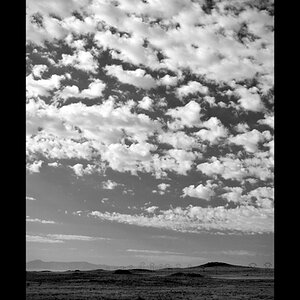
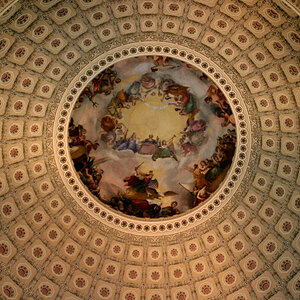
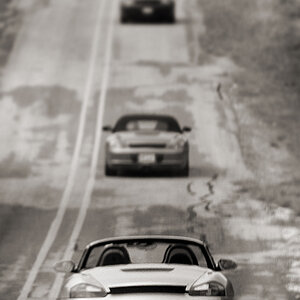
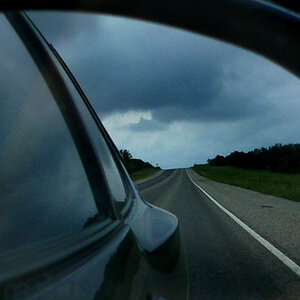
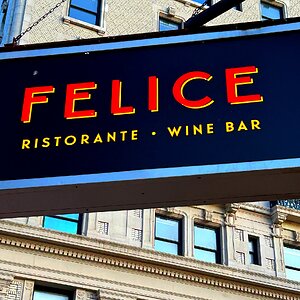
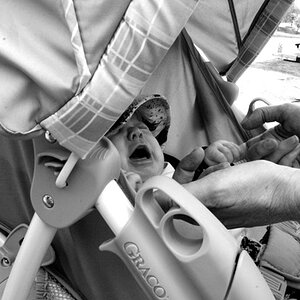
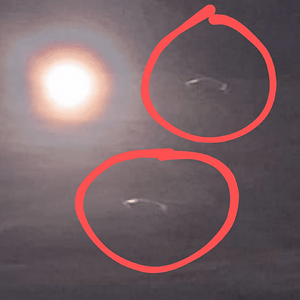

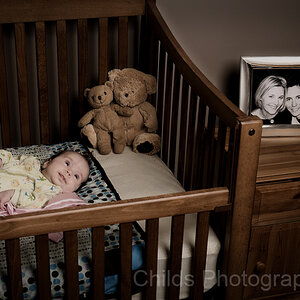
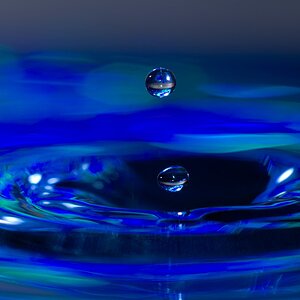
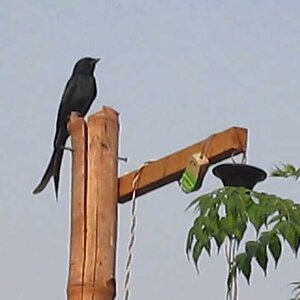
![[No title]](/data/xfmg/thumbnail/39/39293-55a527d2a9b287bf5e5b6d118abab22c.jpg?1619738958)